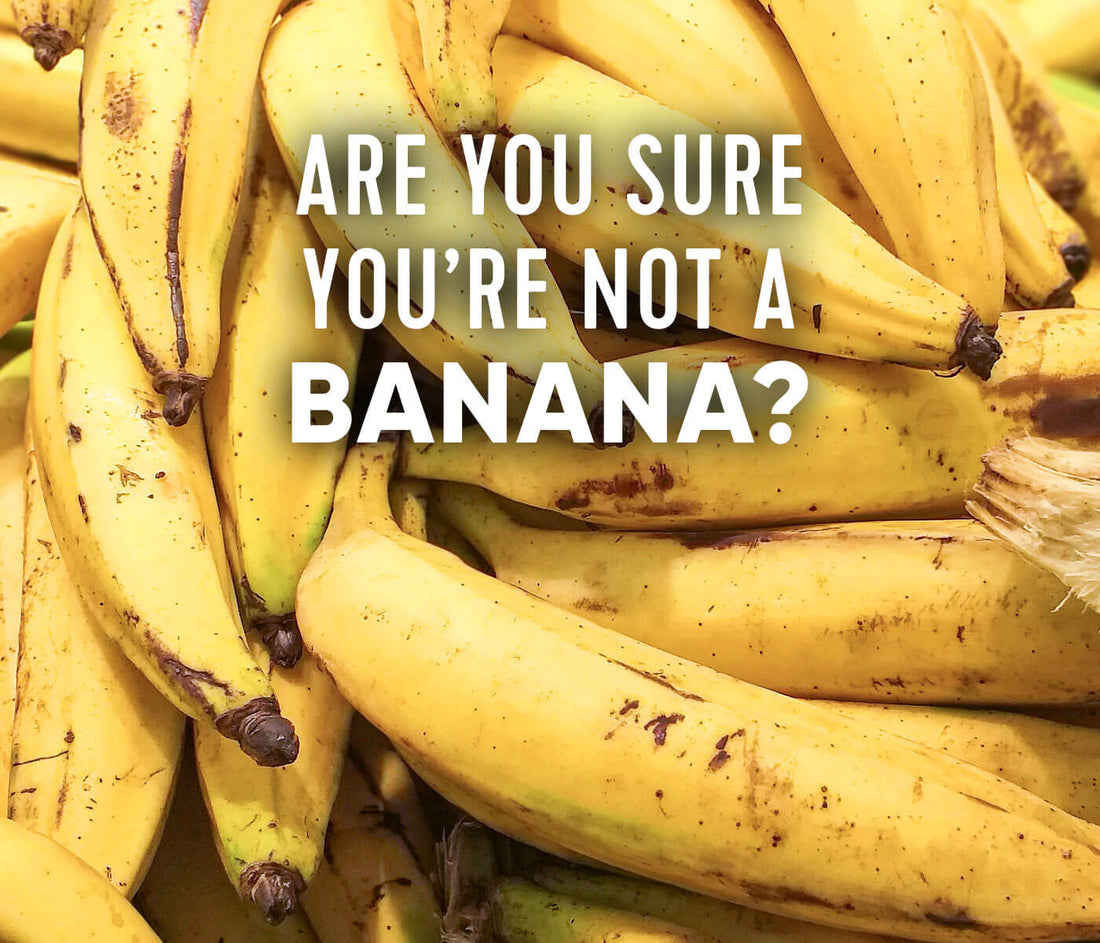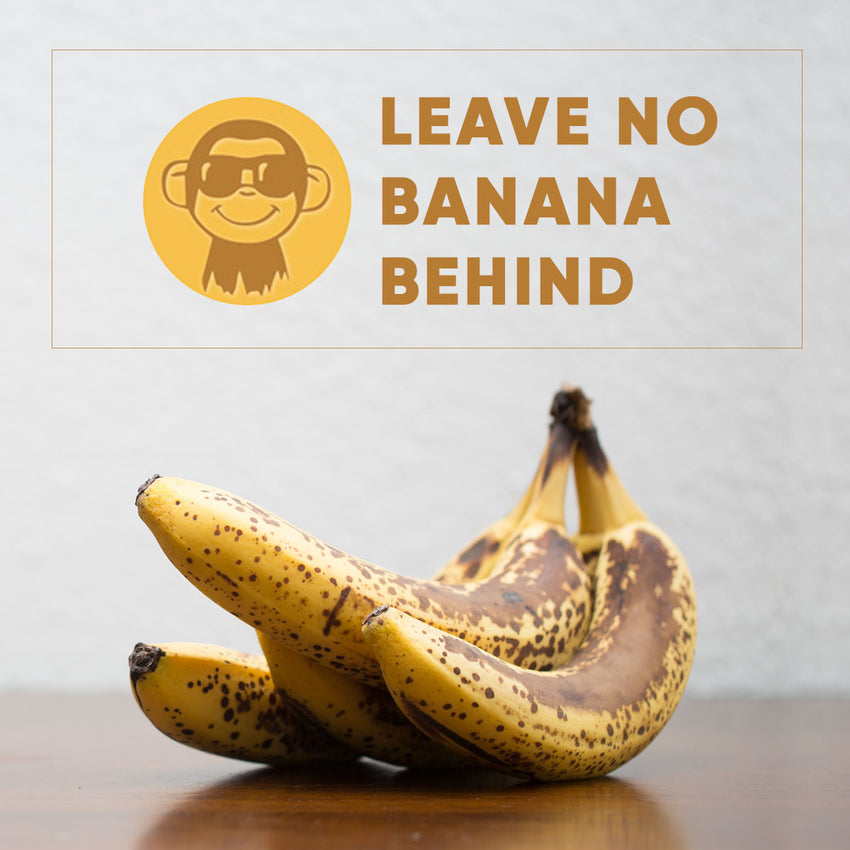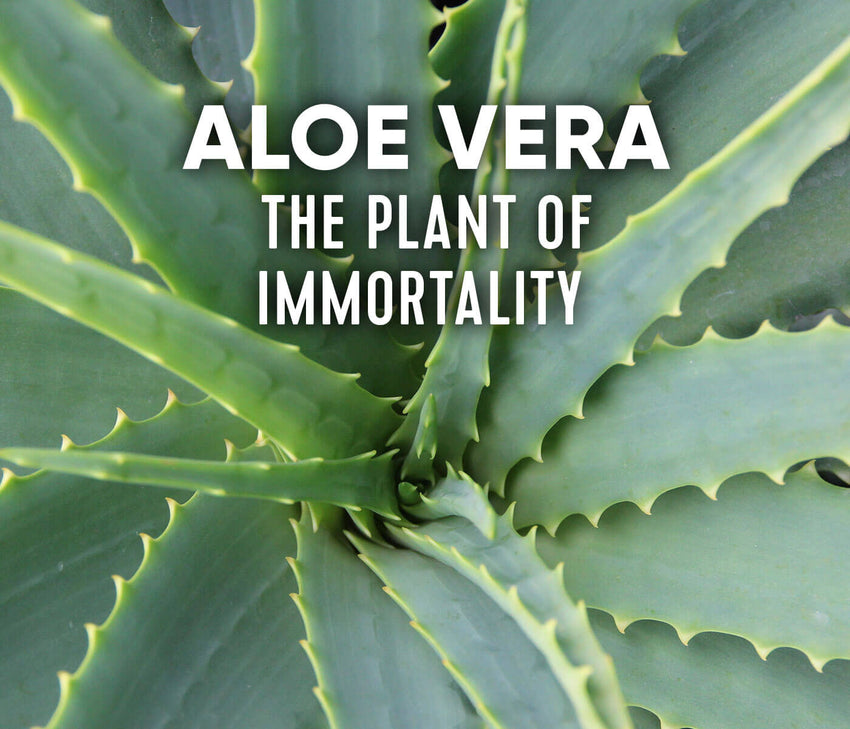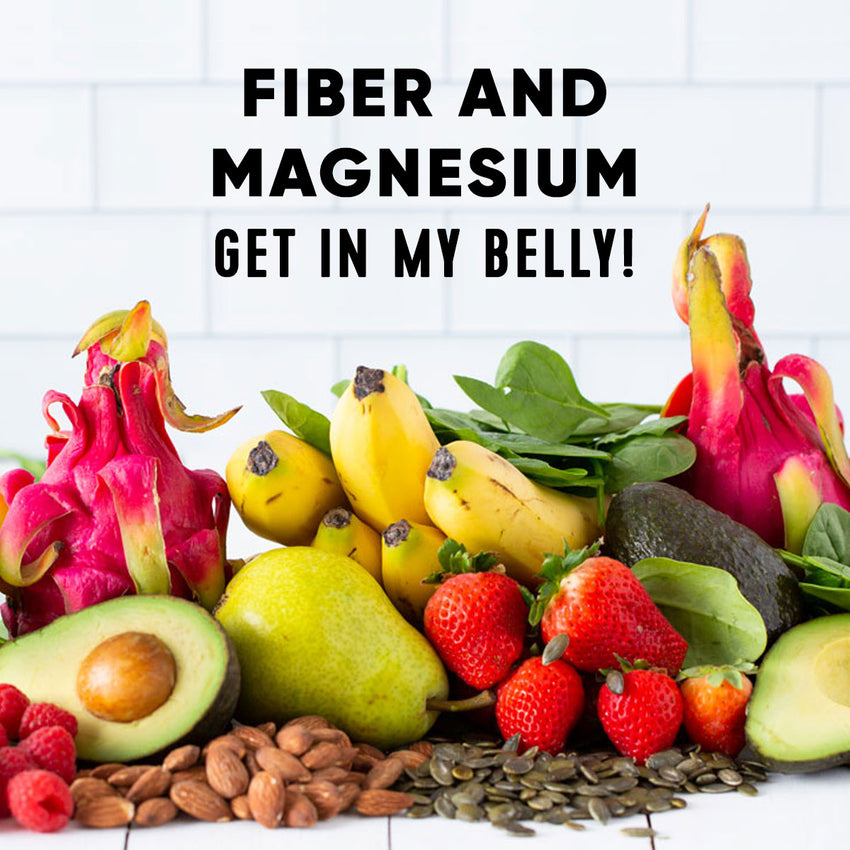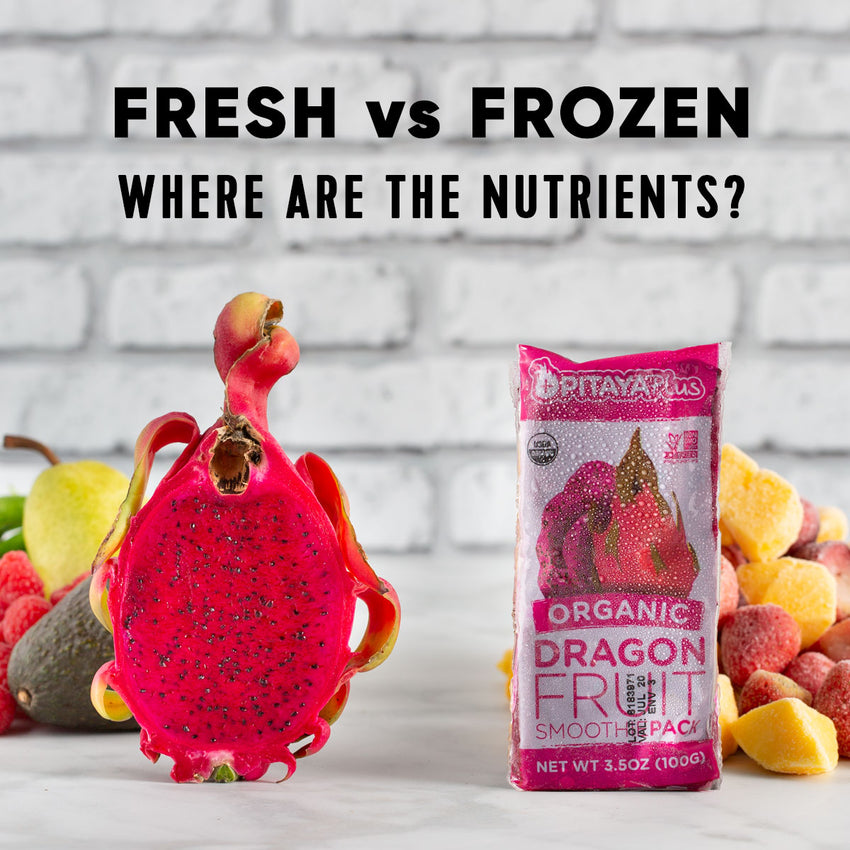Plantains: Similar to Bananas, But Are They Better?
You’ve probably heard of bananas. After all, they are one of the most popular fruits on the planet. They are also delicious, relatively moderate in calories, and highly nutritious.
But have you heard about plantains? These are closely related to bananas but differ in some big ways.
Read on to learn what they are, why you should consider adding them to your diet, and what health benefits they provide.
What Are Plantains?
At first glance, plantains seem to be the same as bananas. In fact, they are part of the same family of flowering plants (Musaceae) and are known to grow in tropical regions, including India, Egypt, and parts of Africa.
They are large tropical fruits that look similar to bananas but are larger. They are 12 inches long and 6.5 ounces in weight. Their skin is green when unripe and gradually becomes yellow, eventually turning dark brown as they ripen.
When unripe, the skin is difficult to peel, and the fruit is hard and not sweet. However, even as the fruit ripens, you can’t eat it like a traditional banana.
Nicknamed “cooking bananas,” you must cook these fruits before consumption, much like many vegetables.
To be clear, they are safe to eat raw. However, their natural taste and texture, resembling a raw potato, doesn’t make for a very appealing snack. The FDA classifies them as safe to eat raw because they don’t have any toxic chemicals.
Fortunately, they are always ready for cooking, regardless of whether they are green or brown. You can add them to numerous dishes, including main courses, desserts, and appetizers.
Plantain vs. Banana
As briefly mentioned, plantains and bananas share some similarities. Both are tropical fruits and look identical, with skin that goes from green to dark brown as they ripen.
The two fruits are also similar nutritionally, as they provide carbohydrates, some fiber, potassium, magnesium, and vitamin C.
However, the two are also quite different in a few ways.
Ripeness and Usage: Bananas are typically eaten raw when they turn yellow, but plantains are usually cooked, especially when they start with a green skin or turn yellow. Green plantains are starchy and savory, while ripe ones are sweeter and great for cooking into versatile dishes.
Cooking vs. Eating Raw: Unlike bananas, which are best enjoyed fresh and eaten raw, plantains are meant to be cooked. Green plantains are perfect for savory dishes like tostones, while ripe plantains, like the ones we sell, are sweet and ideal for baking or frying.
Peel to Peel: Plantains are larger and have much thicker skin. If an average banana is 3.5-3.8 ounces in weight and 7 inches long, a plantain weighs 6.5 ounces and is around 12 inches long.
Young or Unripe vs. Ripe
UnripeGiven their firm texture and mild, neutral taste, unripe are typically used for savory dishes. You can eat them fried, boiled, or cut into thin slices and baked to make chips.
One common use is boiling them until they soften and adding them as a carbohydrate side to a main dish, similar to potatoes.
RipeAs they ripen and their sugar content increases (due to starch converting to simple sugars), they become sweeter, which makes them more suitable for sweet dishes and desserts.
They are often added to desserts and can be cut into slices and fried to make plátanos maduros––a fantastic appetizer that can also work as a side for a main meal. Frying or baking ripe plantains often brings out a distinct caramel-like flavor.

Health Benefits of Plantains
Immunity-Boosting EffectsThey are a good source of vitamin C, with 100 grams (3.5 ounces) providing 30% of your daily needs.
Vitamin C is an antioxidant that supports immune system function.
Gut Health Support
They are a good source of fiber, with 100 grams providing around 10% of your daily needs.
The nutrient is linked to improved gut health, regular bowel movements, and fullness between meals.
Heart Health Support
They are rich in potassium, which helps regulate blood pressure and supports heart health.
Energy-Boosting Carbohydrates
They provide complex carbohydrates, offering a steady source of energy without sugar spikes.
Rich in Vitamin A
Ripe plantains are a good source of vitamin A, supporting eye health and immune function.
Delicious Dishes You Can Make with Plantains
Plantains are incredibly versatile and can be used in a variety of dishes depending on their ripeness. Our ripe baked plantains, which are naturally sweeter, can be used in desserts or as a flavorful side dish. Here are a few ideas for both ripe and unripe:
Ripe (Sweet)
Plantain Fritters: Mash the sweet plantains, mix with a little flour, and fry them up for crispy, golden fritters.
Plantain Pancakes: Blend ripe plantains into your pancake batter for a naturally sweet and healthy twist on traditional pancakes.
Sweet Plantain Tostones: Double-fry ripe plantains until crispy and golden, then serve with a sprinkle of sea salt or drizzle of honey for a sweet-savory snack.
Unripe (Starchy)
Tostones: Slice and fry the unripe plantains, flatten them, and fry again for a crispy, savory snack perfect with dips.
Plantain Chips: Thinly slice unripe plantains, season with salt, and bake or fry for a crunchy, salty treat.
Mofongo: A traditional dish where fried unripe plantains are mashed with garlic and pork cracklings, often served alongside meat or seafood.
Whether sweet or savory, ripe or unripe, this delicious fruit can elevate any meal with their unique texture and flavor. Experiment with different ripeness levels to find your favorite way to enjoy them!

Summary
To wrap up, plantains are a versatile fruit that offers a range of benefits, from their starchy green stage to their sweet ripeness. Compared to bananas, they offer more options for cooking and nutrition.
Whether you're working with unripe or ripe fruit, you can incorporate them into a variety of dishes, from savory to sweet. Plus, they’re packed with nutrients that support your health, from boosting immunity to aiding digestion. Our organic baked ripe sliced variety makes it easy to enjoy their natural sweetness and reap the health benefits they bring to your table.
